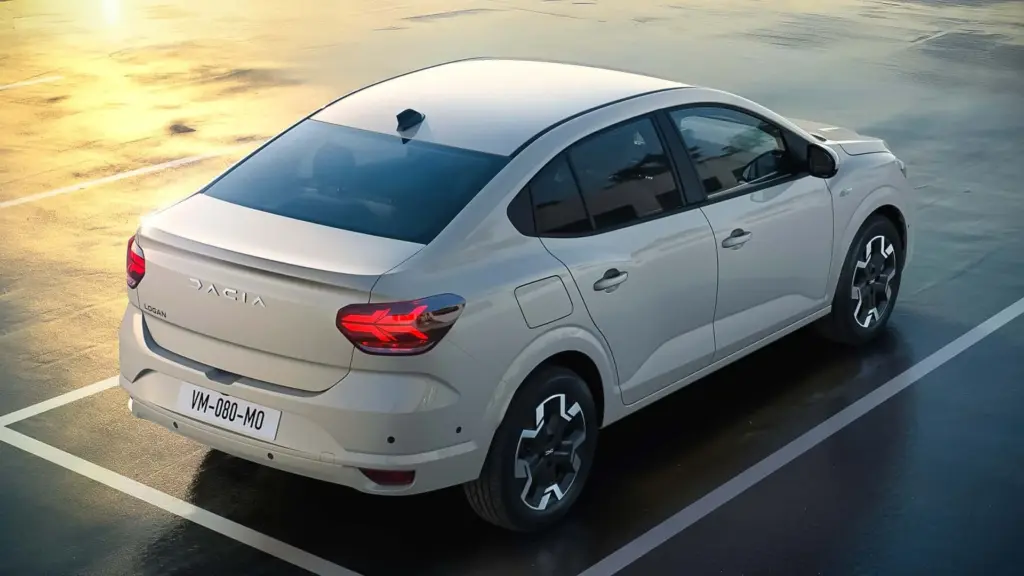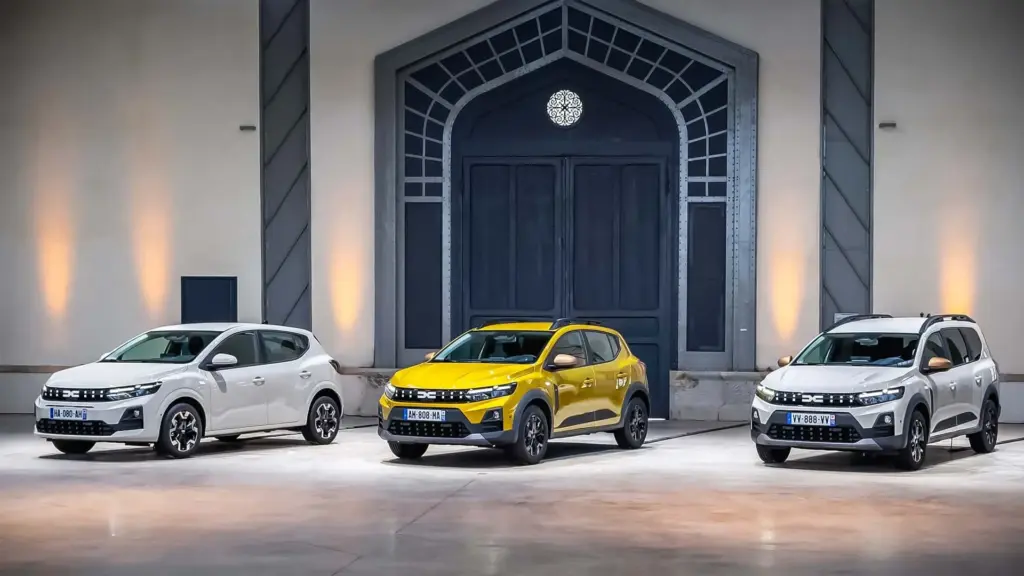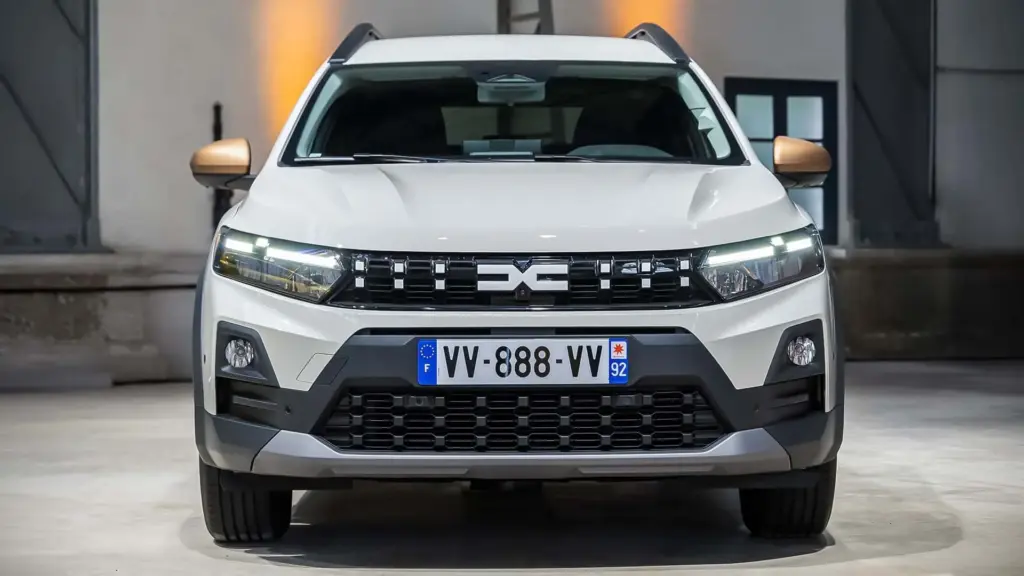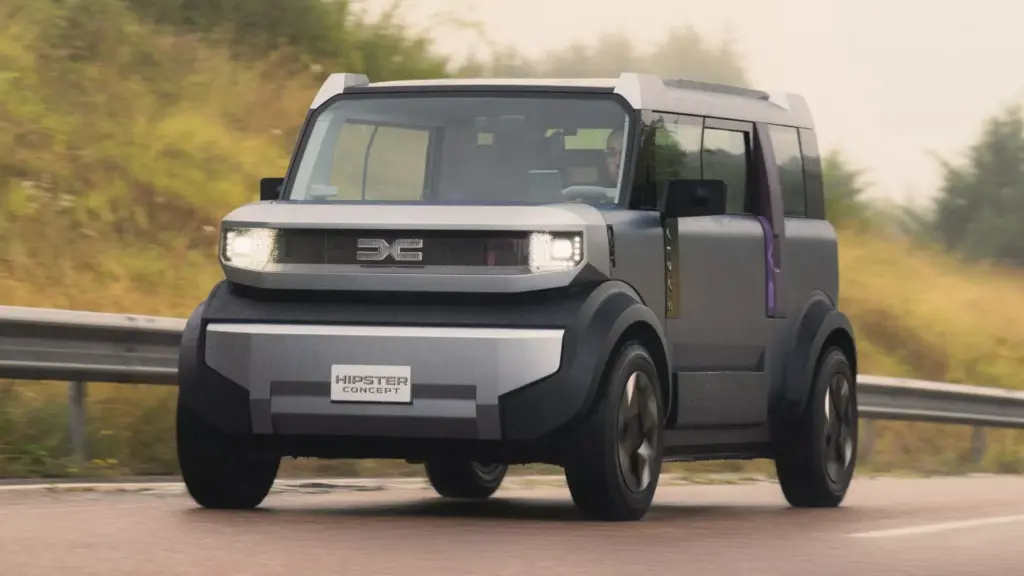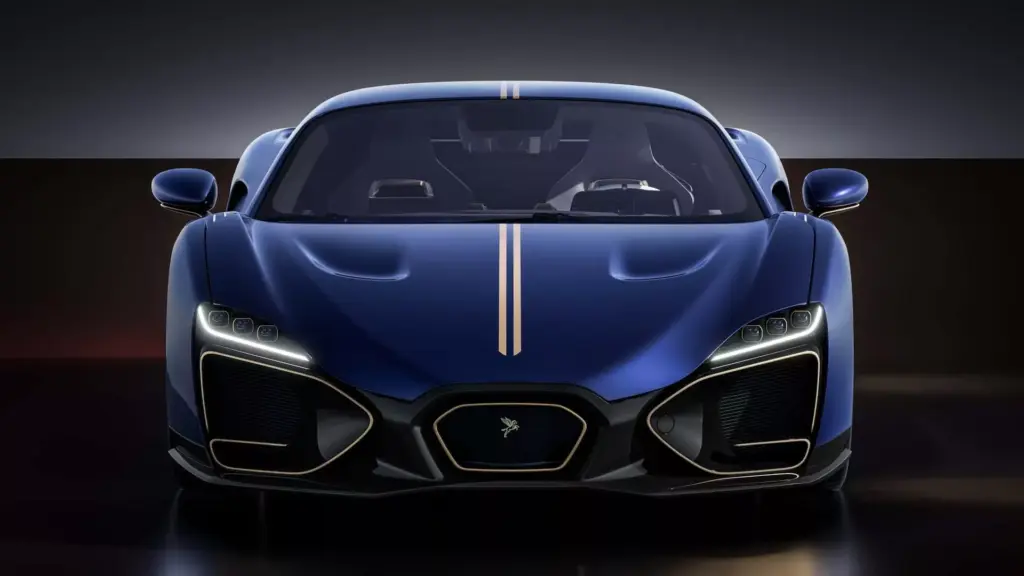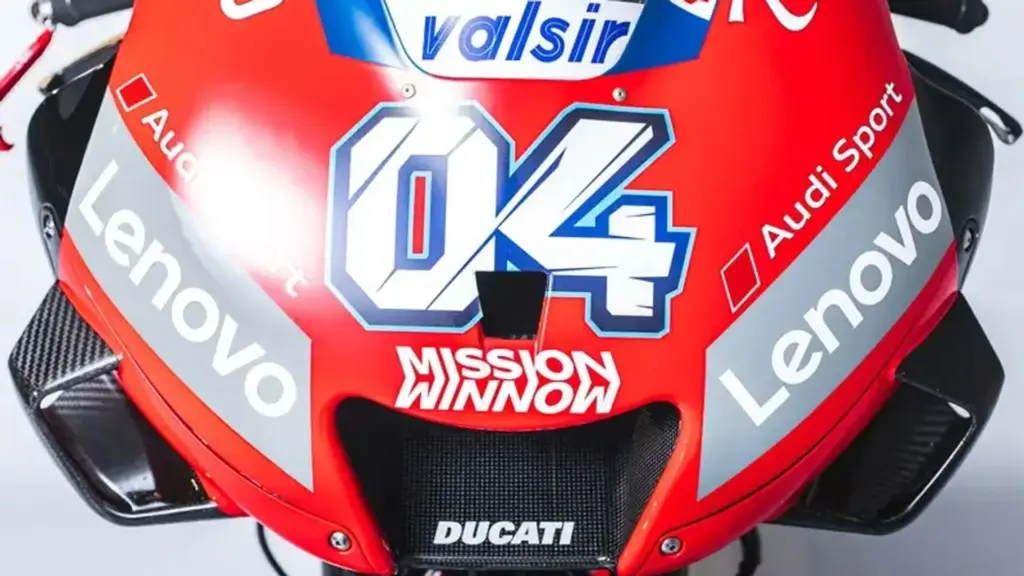Dacia Spring 2026 gains a 102 hp engine and LFP battery. See how the future of the Kwid E-Tech became more powerful, efficient, and affordable.
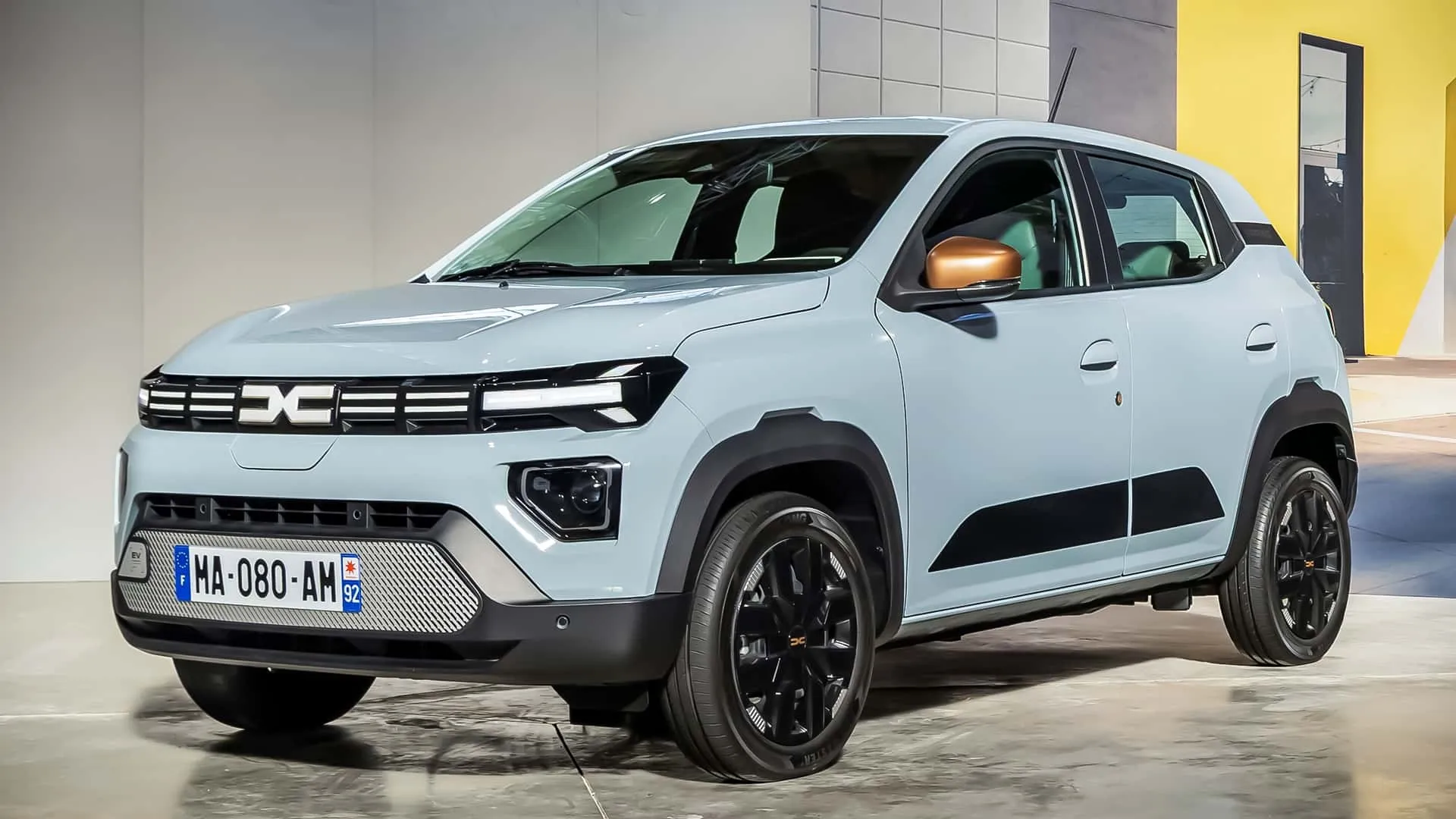
The electric mobility scenario is constantly evolving, and Dacia, known for its practical and accessible approach, is at the center of this transformation with its popular urban model. The Dacia Spring, Europe’s cheapest electric car and equivalent to the Renault Kwid E-Tech in Brazil, has just announced significant updates for the 2026 model that promise to redefine its market position and, consequently, influence the future of compact electric vehicles in various regions, including Latin America.
Dacia Spring 2026: The Urban Electric Revolution that Anticipates the Future of the Kwid E-Tech
Since its launch, the Dacia Spring has captured a significant share of the European market due to its unbeatable value proposition. Now, for 2026, it is preparing for an evolution that goes beyond mere aesthetic touch-ups. The novelties not only reinforce its appeal as an affordable electric car but also make it more robust, efficient, and fun to drive. These changes are a clear sign of the Renault Group’s strategy to adapt to growing demands for more capable and sustainable electric vehicles, without sacrificing economy.
The Battery Shift: LFP for Greater Durability and Efficiency
The main innovation of the Dacia Spring 2026 lies in the adoption of a battery with LFP (lithium iron phosphate) chemistry. Although the nominal capacity decreases from 26.8 kWh to 24.3 kWh, the range surprisingly remains at 225 km in the WLTP cycle. This is a testament to the improvement in the vehicle’s energy efficiency. LFP technology, already widely used in Chinese electric cars and also promising to revolutionize the segment in vehicles like the future of solid-state batteries, is chosen for its greater durability, safety, and, crucially, its lower production cost. This allows Dacia to maintain a competitive price, a fundamental pillar of its strategy.
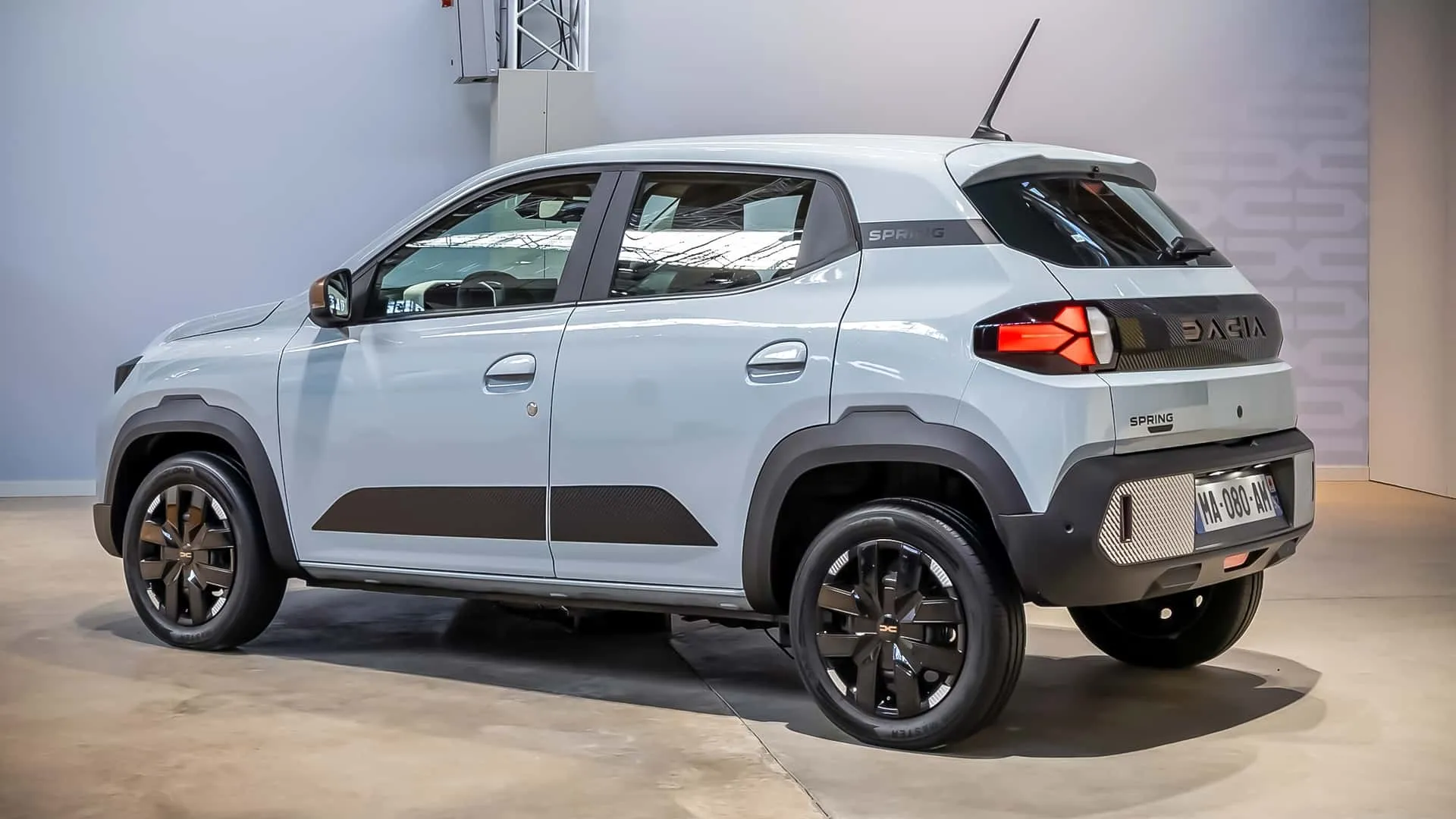
The optimization of average consumption to 12.4 kWh/100 km (versus 13.2 kWh/100 km before) demonstrates that the engineering behind the new Spring managed to extract more kilometers per kilowatt-hour. Furthermore, the relocation of the battery in a slab format under the floor, thanks to a structural reinforcement of the CMF-A platform (originally for combustion cars), not only improves the vehicle’s torsional rigidity but also optimizes weight distribution, contributing to enhanced driving dynamics. This is a smart move that maximizes an existing platform for the demands of modern EVs.
Enhanced Power and Performance: The Spring Leaves Slowness Behind
Another major novelty that promises to change the perception of the Dacia Spring is the significant increase in power. The old engines of 33 kW (45 hp) and 48 kW (65 hp) give way to options of 52 kW (71 hp) and 75 kW (102 hp). This update is particularly relevant for Brazil, as the current Kwid E-Tech uses the 65 hp version. With 102 hp in the most powerful variant, the Spring 2026 promises a much more agile and safer driving experience, especially during acceleration and overtakes.
The numbers speak for themselves: the 80 to 120 km/h acceleration time dropped drastically from 26.2 seconds to just 10.3 seconds in the entry-level version, and from 14 seconds to an impressive 6.9 seconds in the more powerful variants. Although the 0 to 100 km/h time has not yet been disclosed, the improvement in responsiveness at highway speeds is a crucial differentiator for an urban car that occasionally ventures into longer journeys. For those looking for a compact and efficient alternative, such as the Renault 5 E-Tech, the Spring now offers even greater competitiveness.
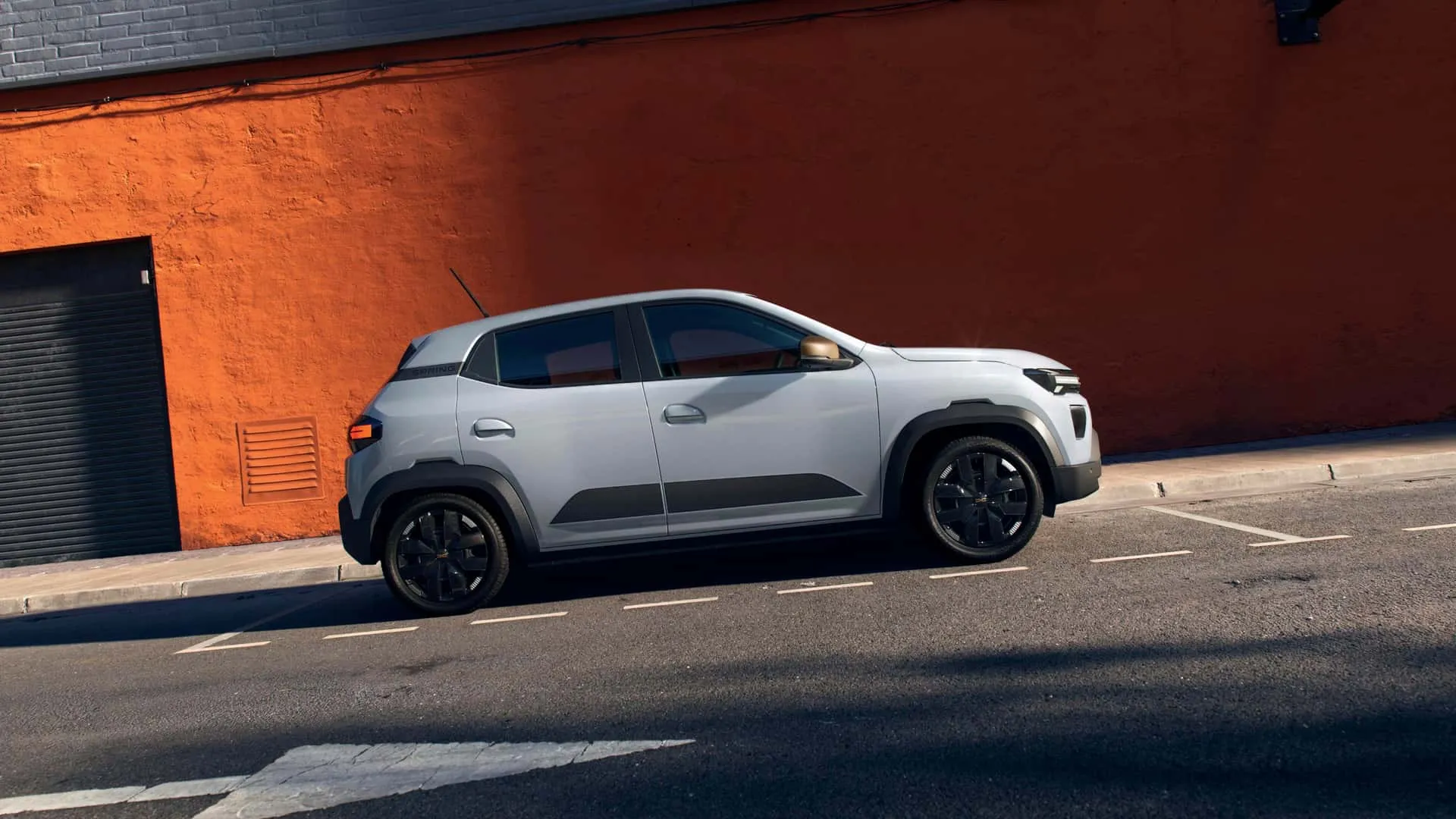
Charging capacity has also been updated, with a 7 kW single-phase onboard charger for domestic charging and, in the Expression and Extreme versions, DC fast charging up to 40 kW. This power allows charging the battery from 20% to 80% in just 29 minutes, a notable advancement compared to the 30 kW of the previous generation, making longer trips less worrisome and debunking the idea that every electric car needs 600 km of range.
| Version | Power | Battery | Range (WLTP) | Base Price |
|---|---|---|---|---|
| Dacia Spring 70 | 52 kW (71 hp) | 24.3 kWh (LFP) | 225 km | € 16,900 (R$ 105 thousand) |
| Dacia Spring 100 | 75 kW (102 hp) | 24.3 kWh (LFP) | 225 km | n/a |
Structural Reinforcement and Functional Design: More than Just a Look
Visually, the Dacia Spring 2026 maintains the essence that made it recognizable, with few alterations. Dacia prioritizes functionality and efficiency, and this is reflected in its mass: at around 1 ton, it remains the lightest four-seater electric car on the market. This contained weight is fundamental to its efficiency and agility in urban traffic. The 308-liter trunk (expandable to 1,004 liters with the seats folded down) is one of the largest in the segment, surpassing rivals and offering practicality for daily use.
In addition, the Spring 2026 incorporates notable technical improvements: more efficient brakes, recalibrated shock absorbers for greater comfort and stability, the addition of a transverse stabilizer bar, and improved aerodynamics, with the coefficient (A × Cx) reduced to 0.66. These optimizations, although discreet, contribute to a more refined and safer driving experience. The V2L (Vehicle-to-Load) function, which allows using battery power to supply external devices, remains exclusive to the Extreme version, adding a utility differential for the most demanding consumers.
Versions and Equipment: Accessible Technology for Everyone
The Dacia Spring 2026 continues to offer a range of versions to meet different needs and budgets: Essential, Expression, and Extreme. Starting with the entry-level version, the package is quite complete, including a 7-inch digital dashboard, electric power steering with height adjustment, cruise control, rear parking sensor, and front power windows and locks.
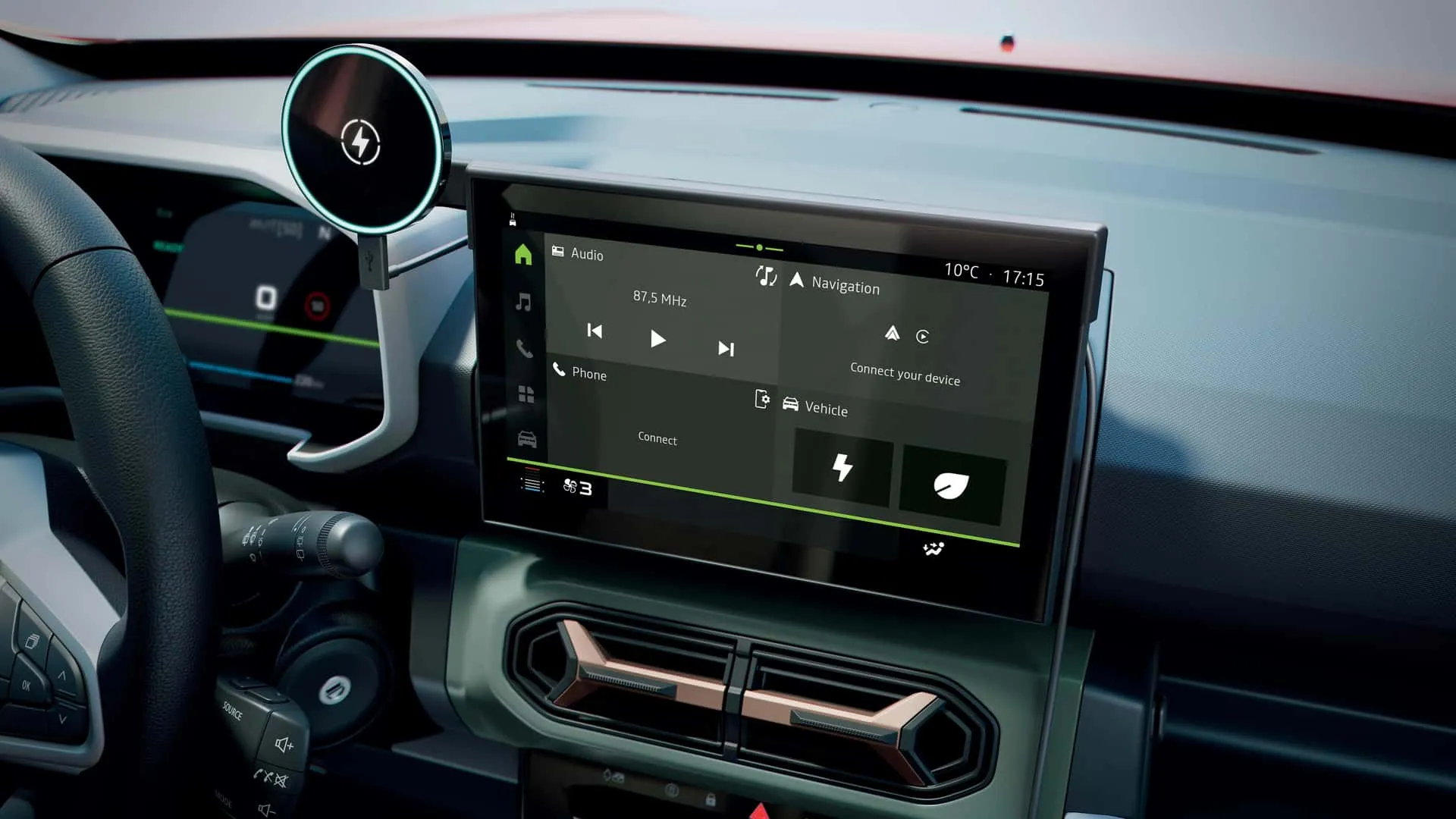
The Expression version raises the standard with 15-inch wheels and manual air conditioning, essential items for daily comfort. The Extreme, the top-of-the-line model, adds a 10.1-inch multimedia screen with Apple CarPlay and Android Auto connectivity, electric rear windows, and electrically adjustable mirrors, in addition to two USB ports for convenience. The strategy of keeping the base price at € 16,900, with all versions below € 20,000, reaffirms Dacia’s commitment to offering the most accessible electric car in Europe. This aligns with the proposal of other brand models, such as the Dacia Sandero 2026, which also aims to maintain affordability.
What the Kwid E-Tech Learns from the Spring 2026
The Renault Kwid E-Tech, cousin of the Dacia Spring, had a promising start to sales, even featuring among the best-selling electric cars. However, sales volume has decreased, indicating the need for updates to maintain competitiveness. The improvements in the Dacia Spring 2026 offer a clear glimpse of what we can expect for the Kwid E-Tech in the near future.
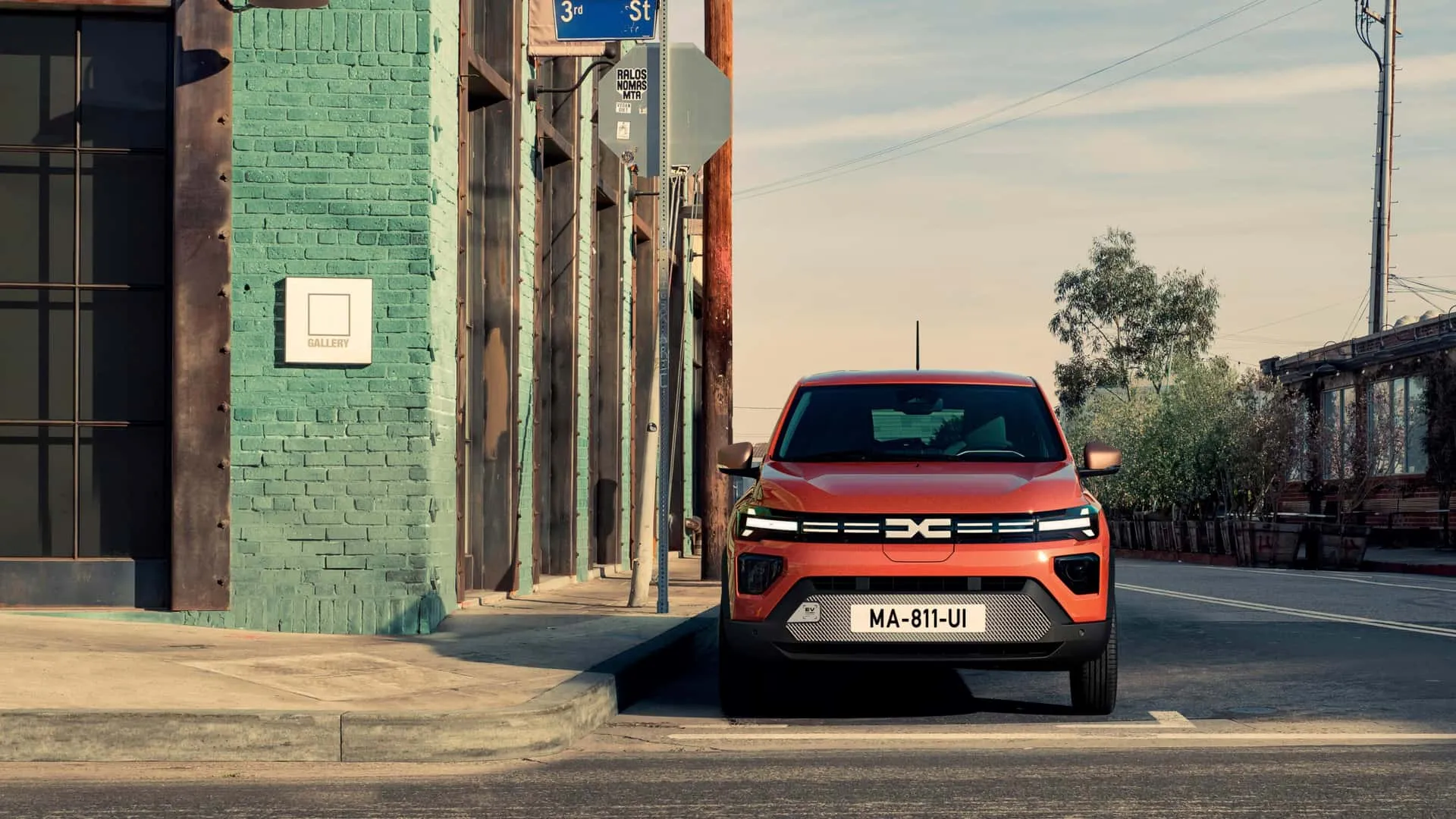
The adoption of the LFP battery, which offers durability and lower cost, is a strategic change that could make the Kwid E-Tech even more attractive where price is a decisive factor. The increased power and enhanced performance, especially during overtakes, would address one of the main criticisms of the current model, making it more suitable for city traffic and even short trips. Dacia is betting that these new engines and the LFP battery will help recover sales performance. The proposal for an accessible and efficient electric vehicle, like the Dacia Hipster, shows the way for Dacia and, by extension, for Renault.
The transition to a 2026 model with these innovations could reignite interest in the Kwid E-Tech, positioning it as an even stronger option among urban electric cars. The investment in battery technology, combined with an increase in performance without compromising range, demonstrates alignment with the expectations of consumers seeking practical, sustainable, and, above all, financially viable electric mobility. It is an important step towards democratizing access to electric vehicles and consolidating the Renault Group’s presence in this growing segment.

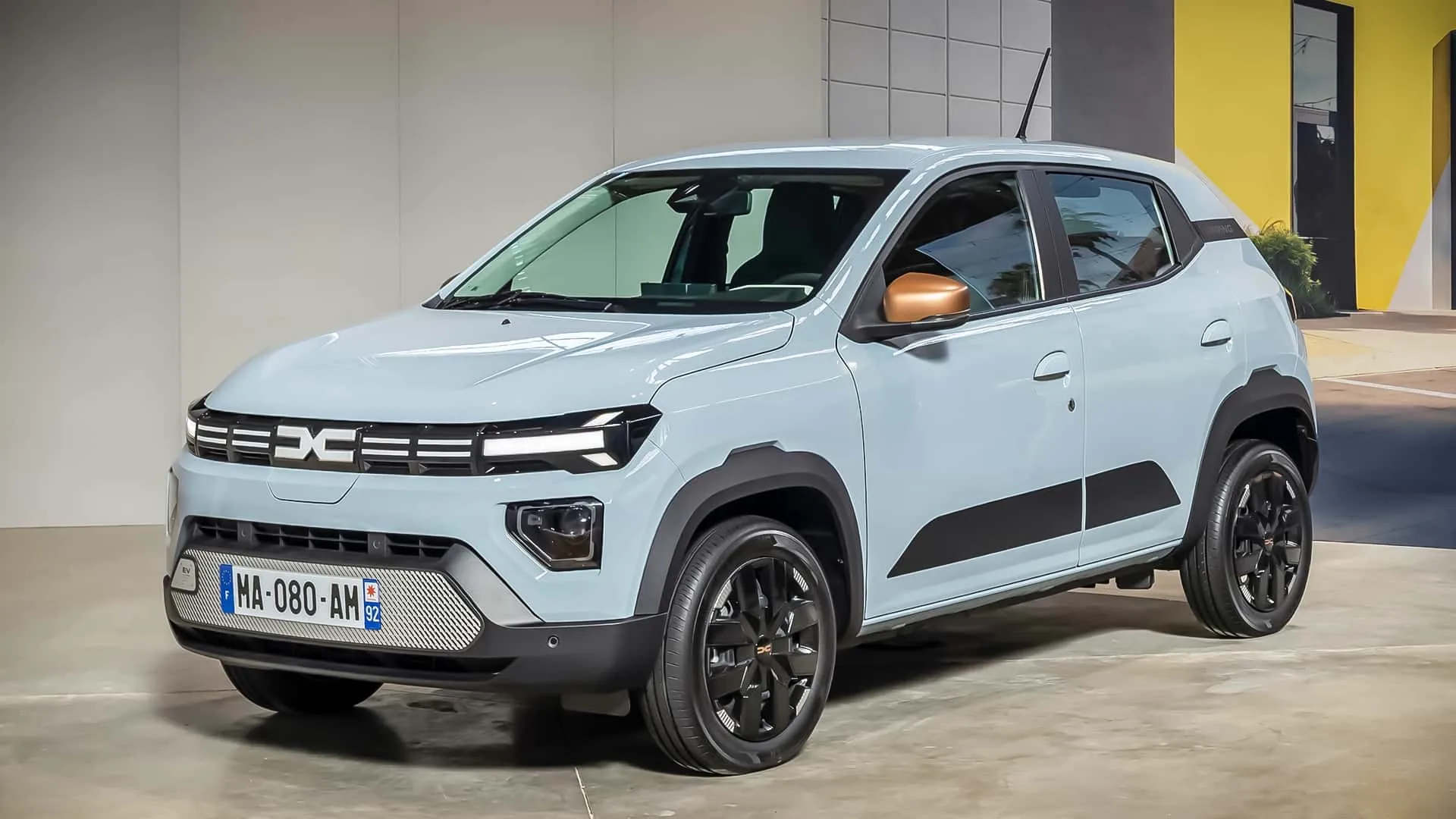

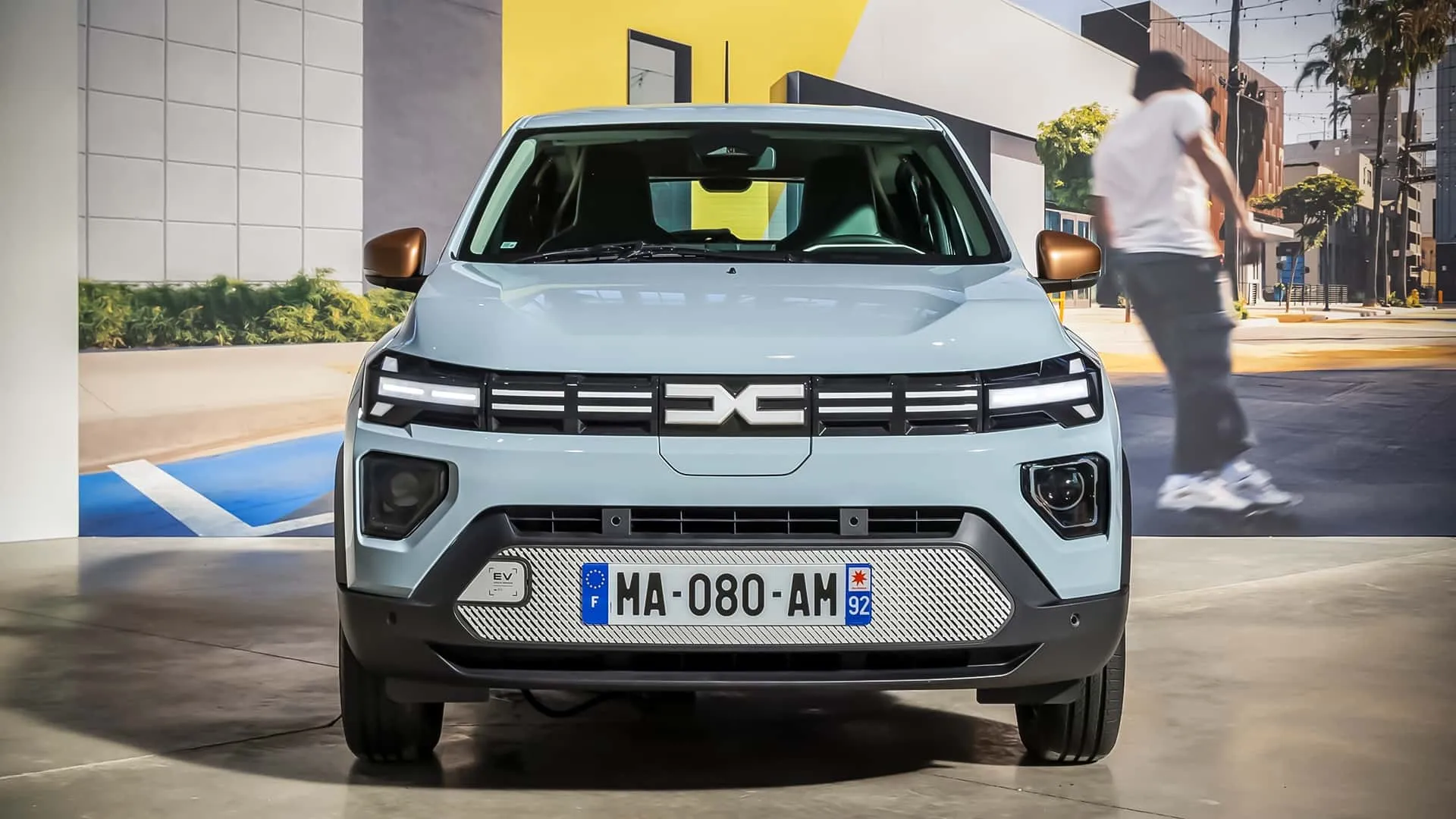
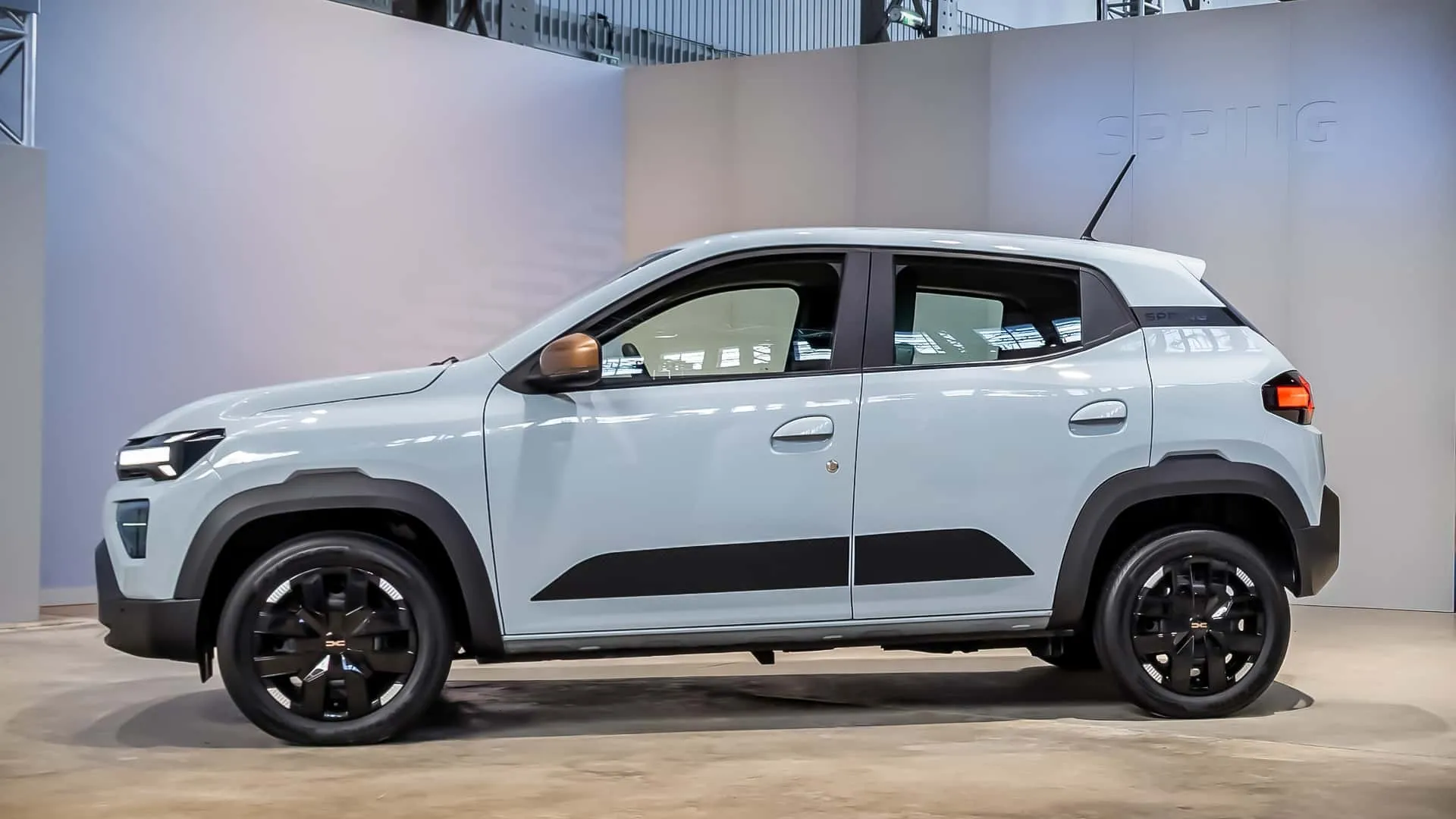
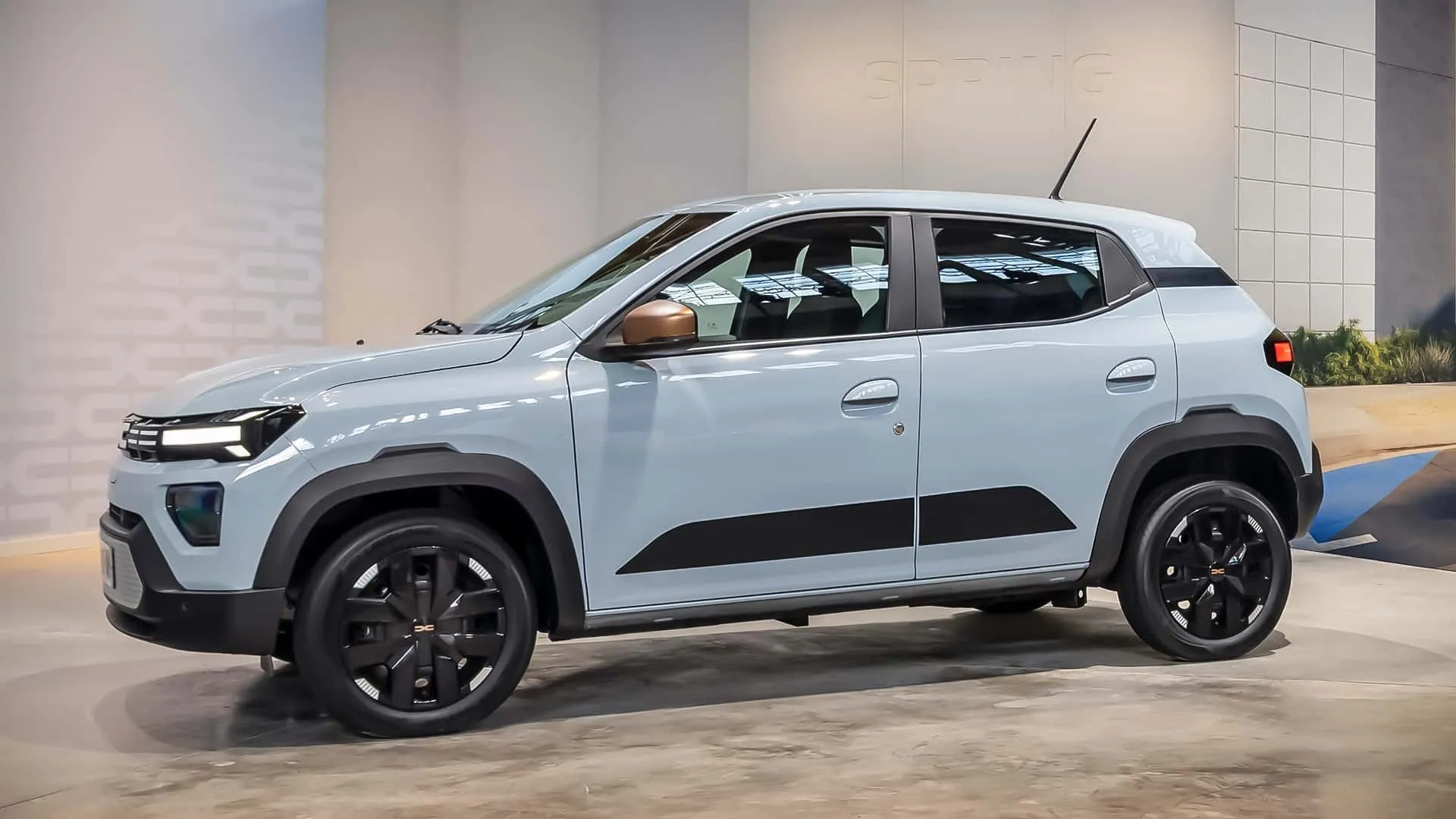
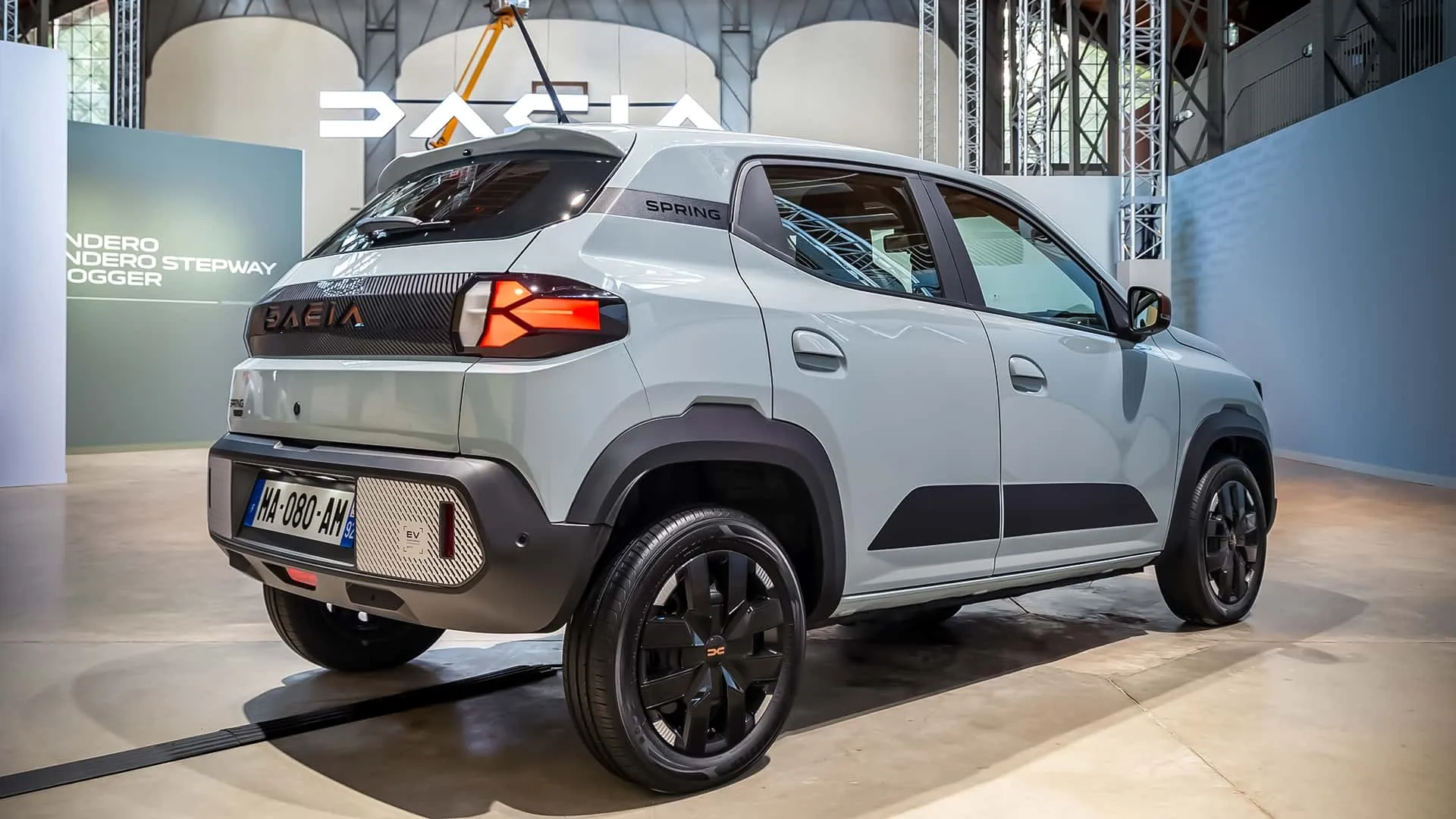
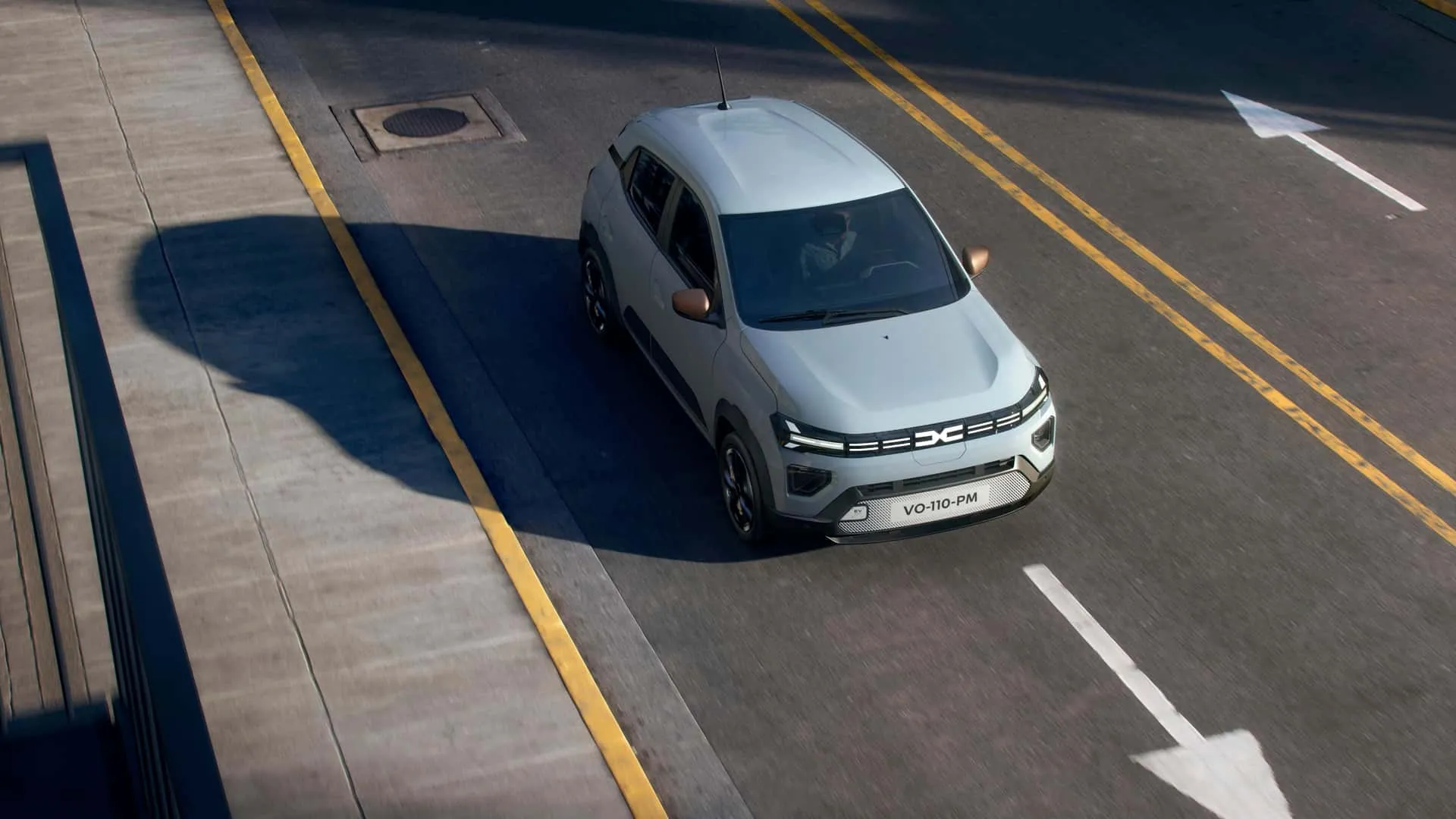

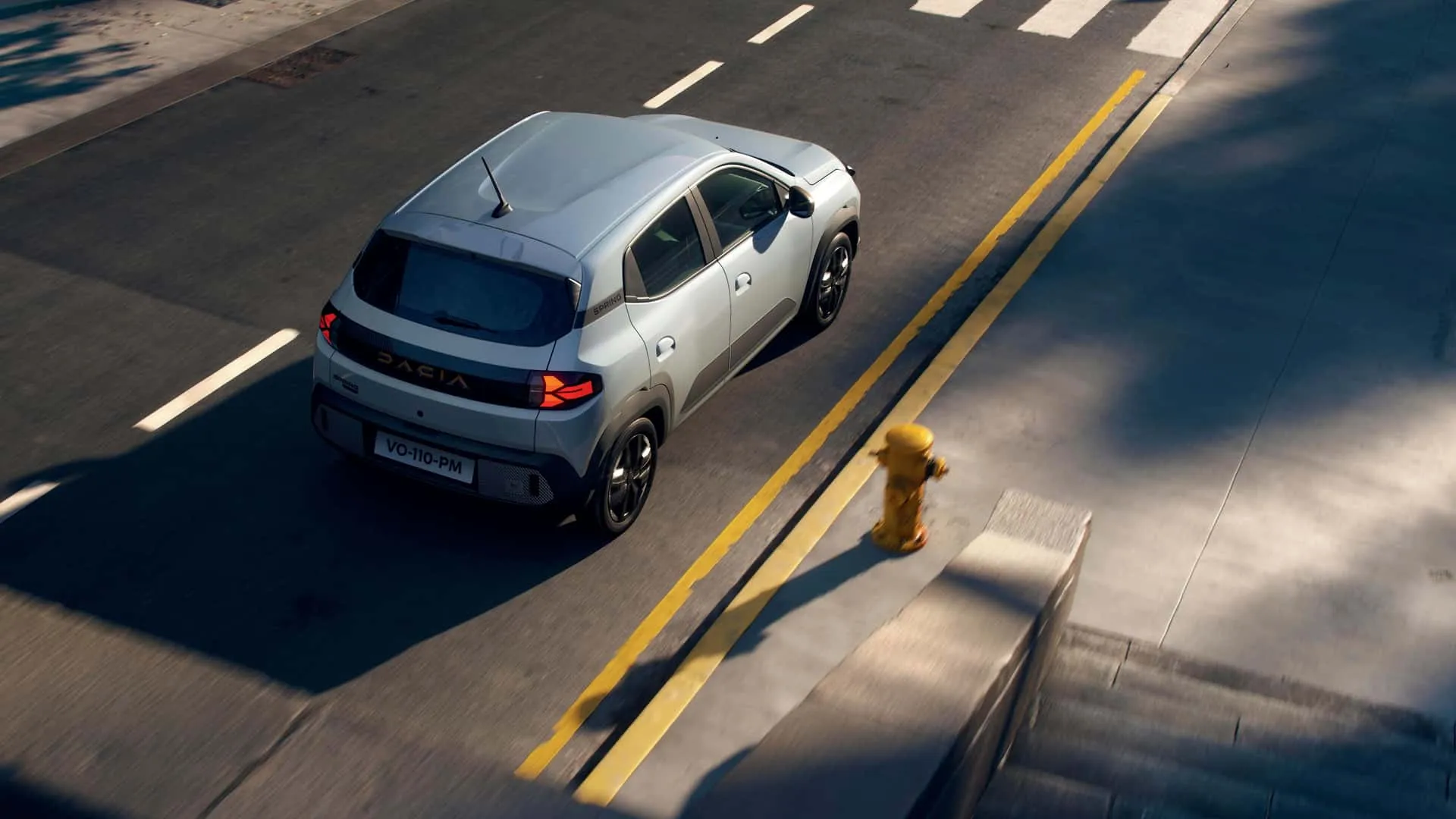
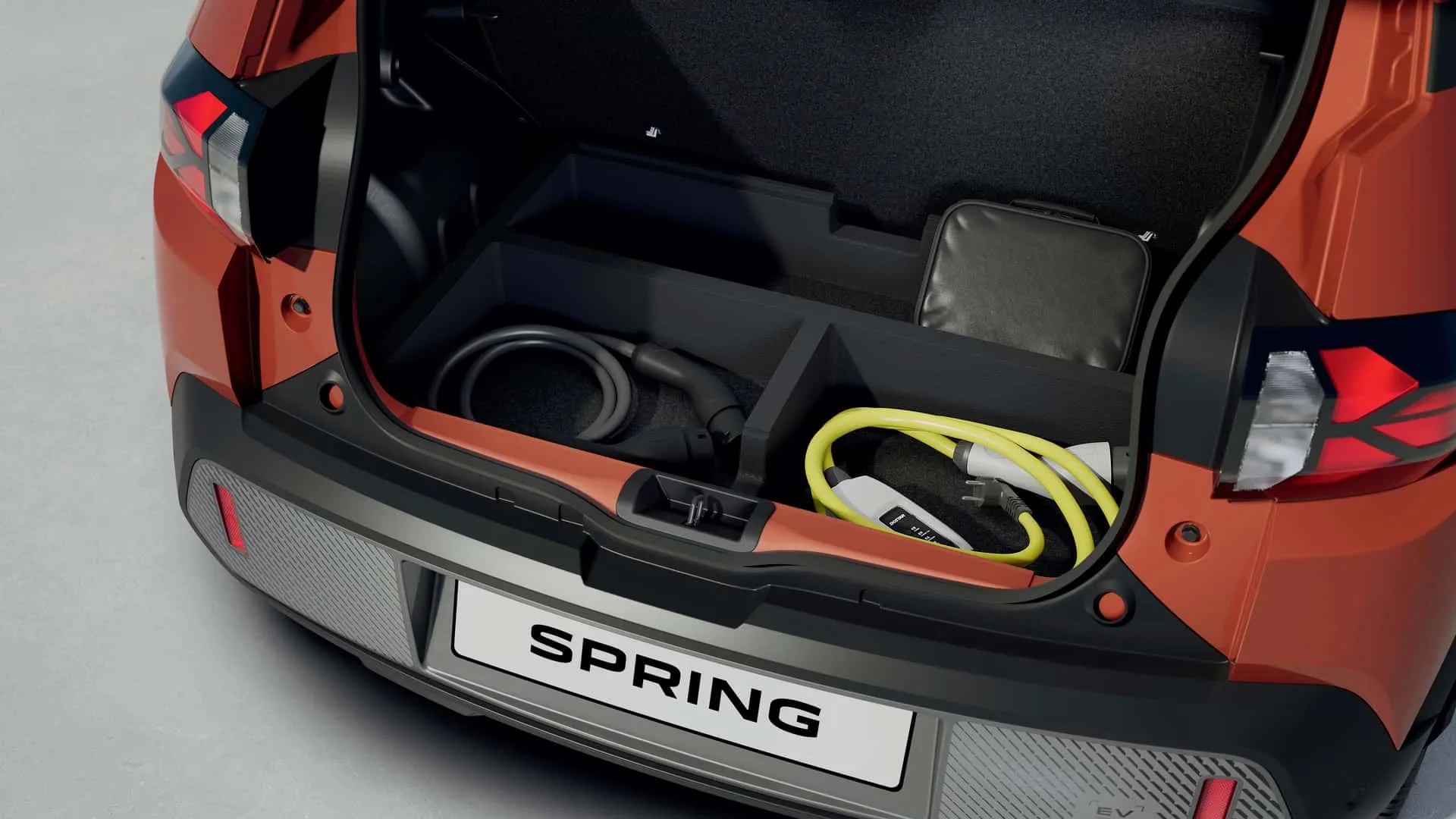
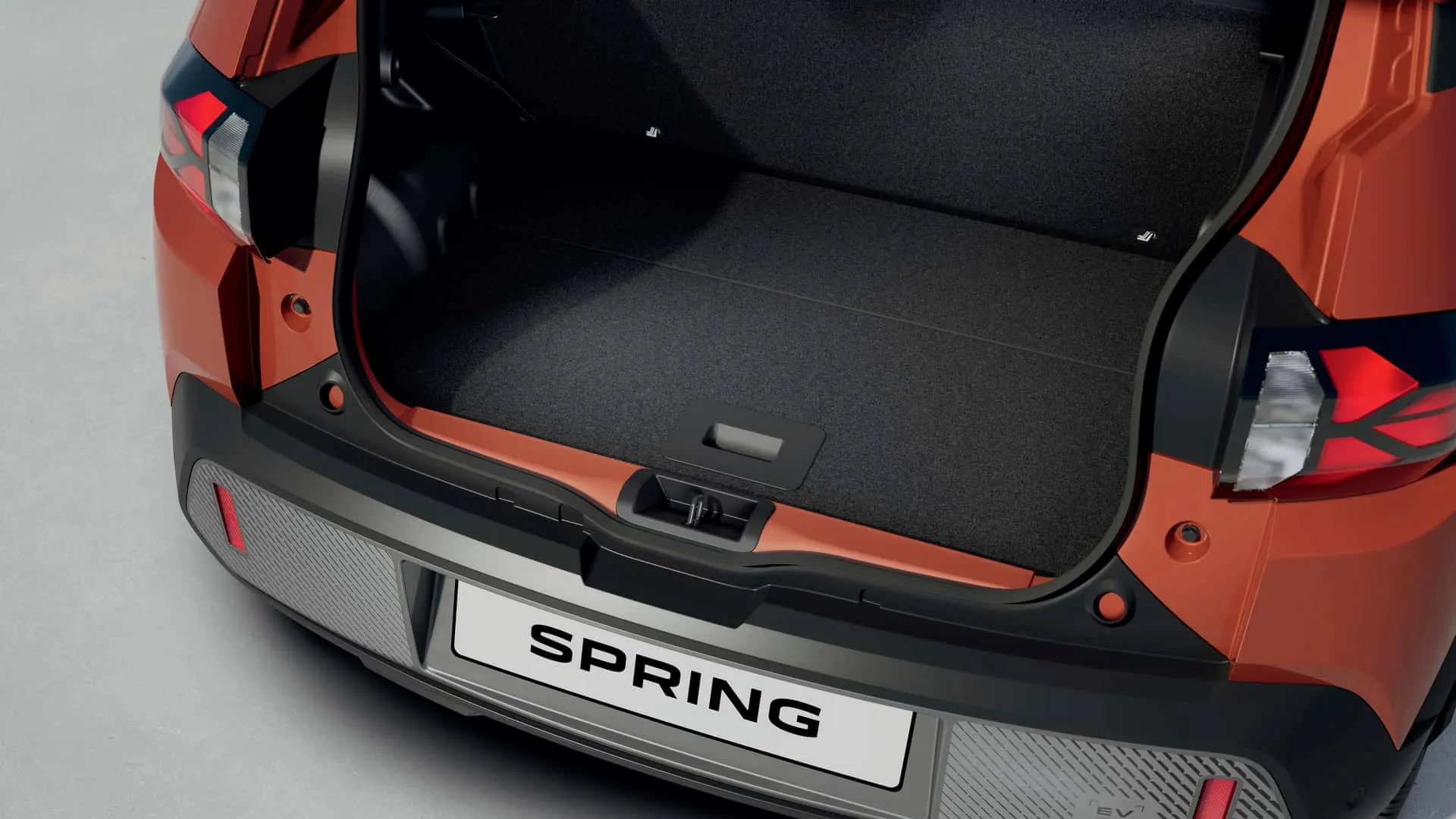

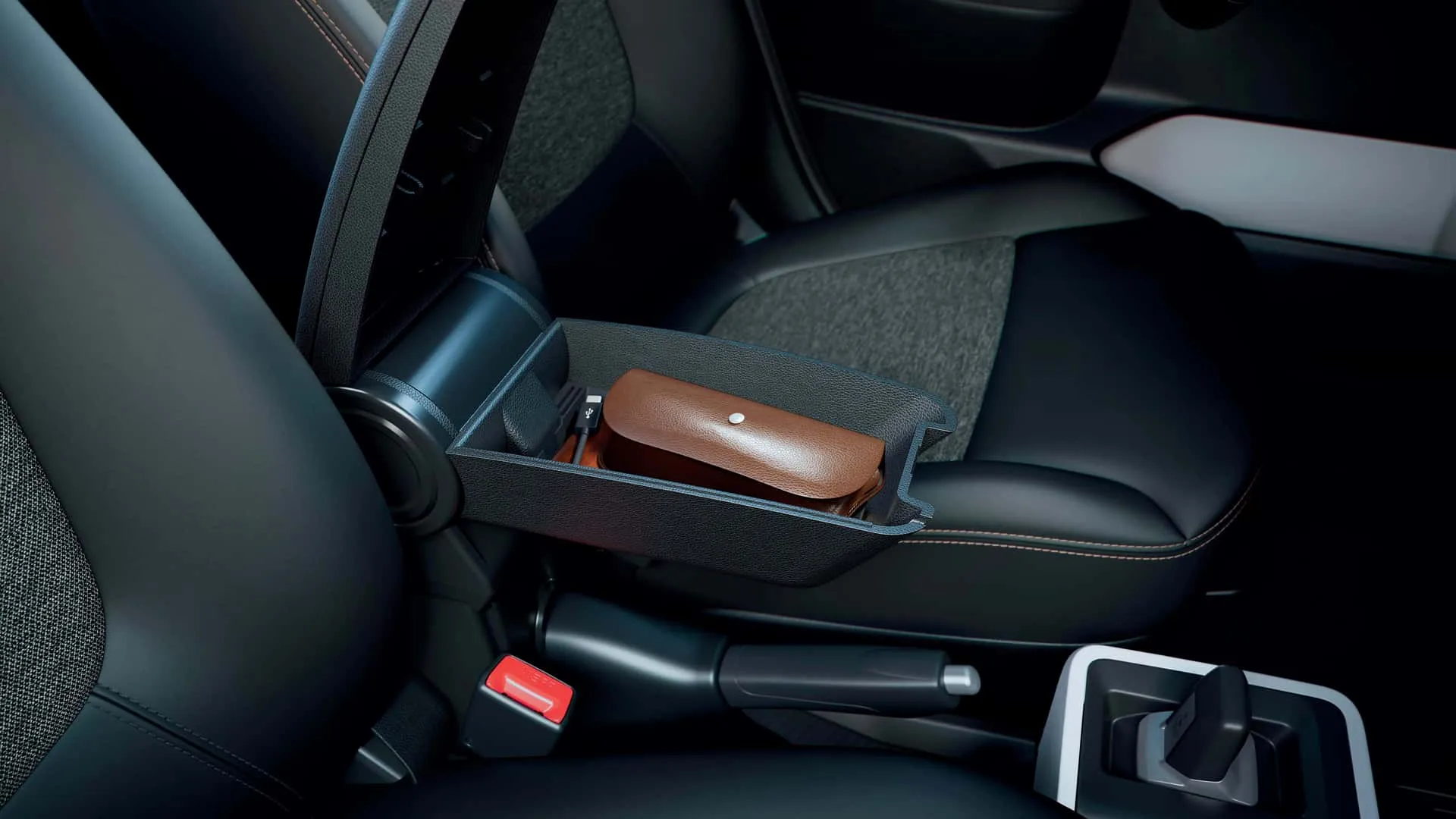
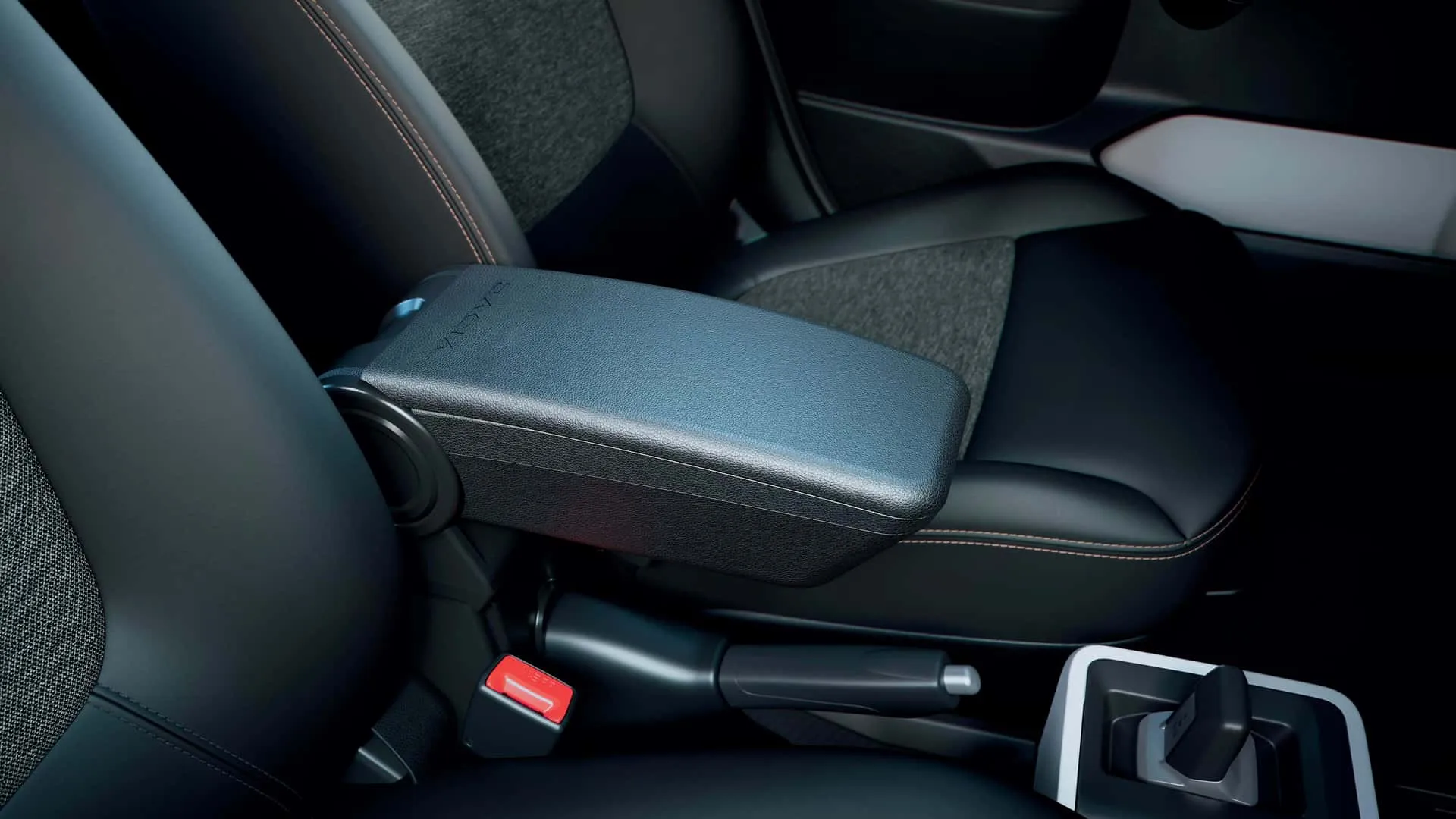
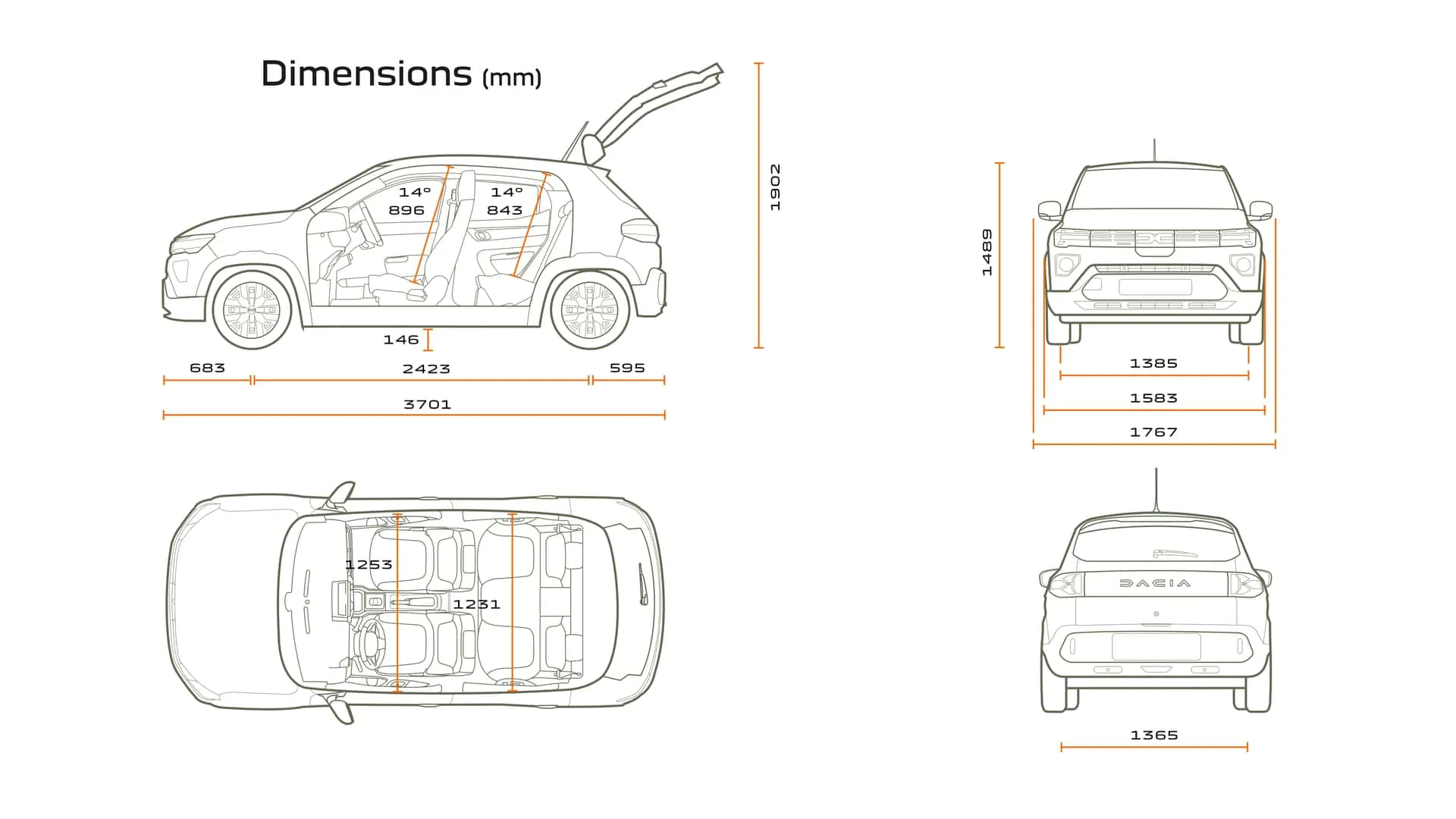
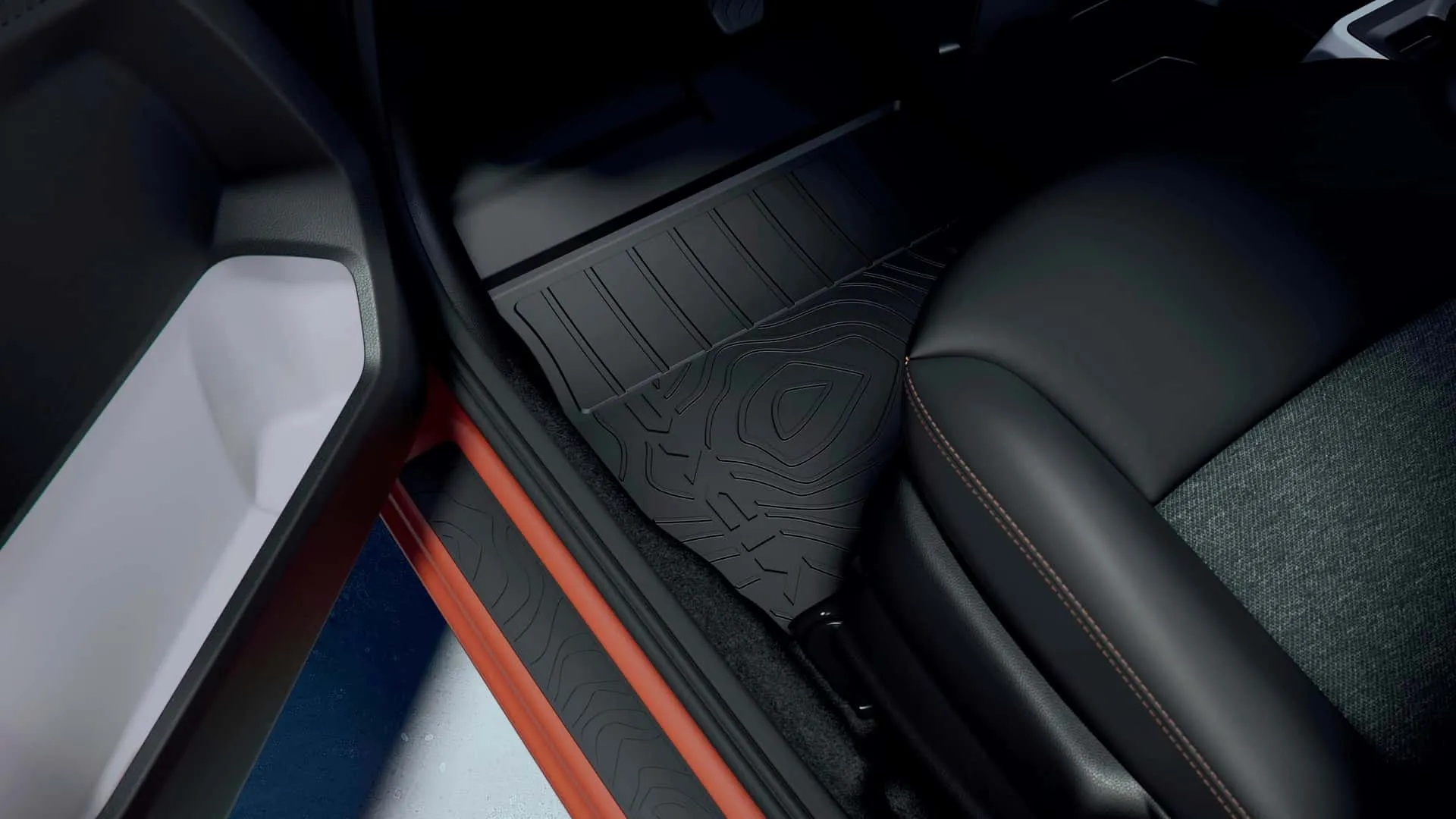
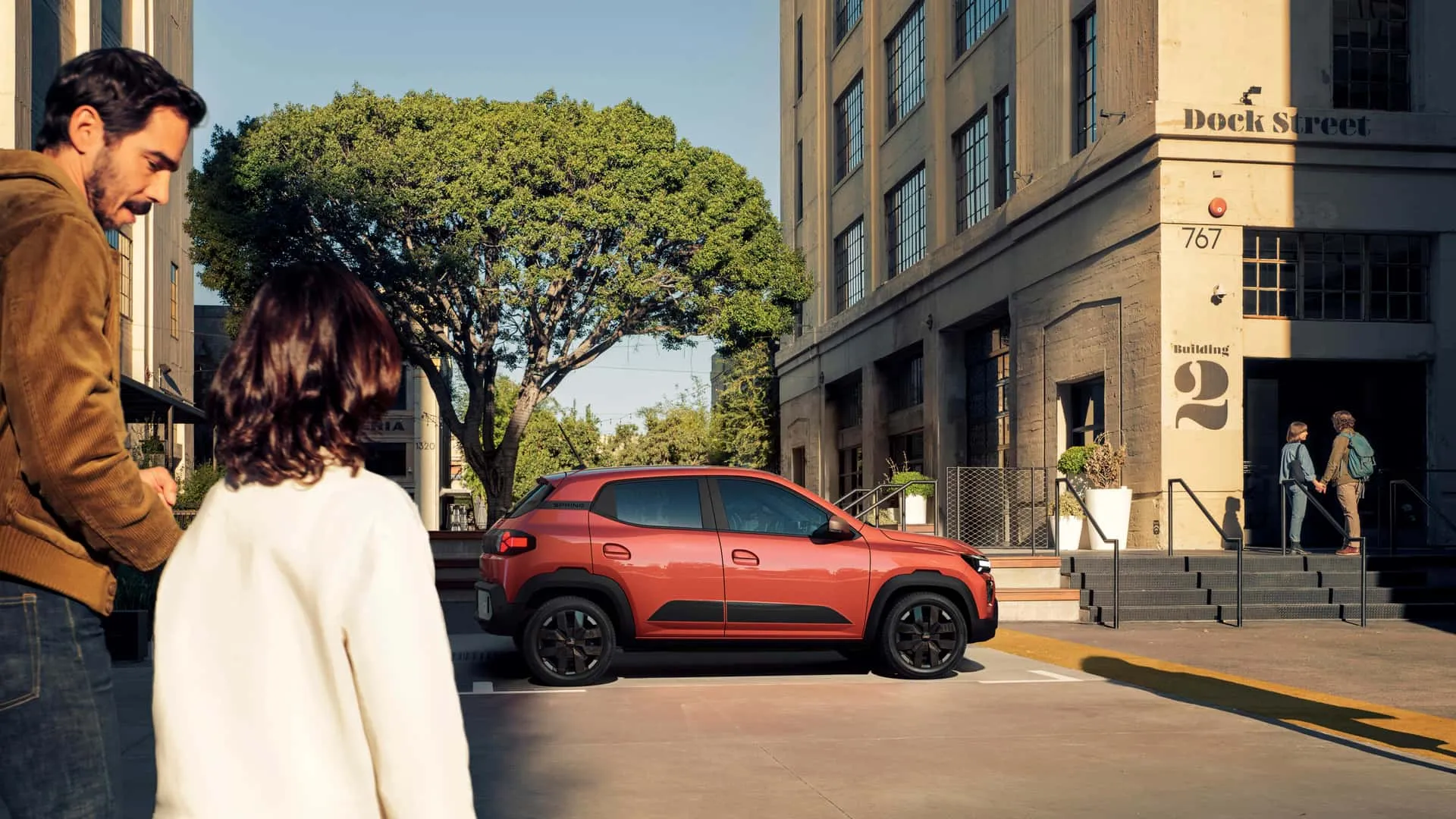
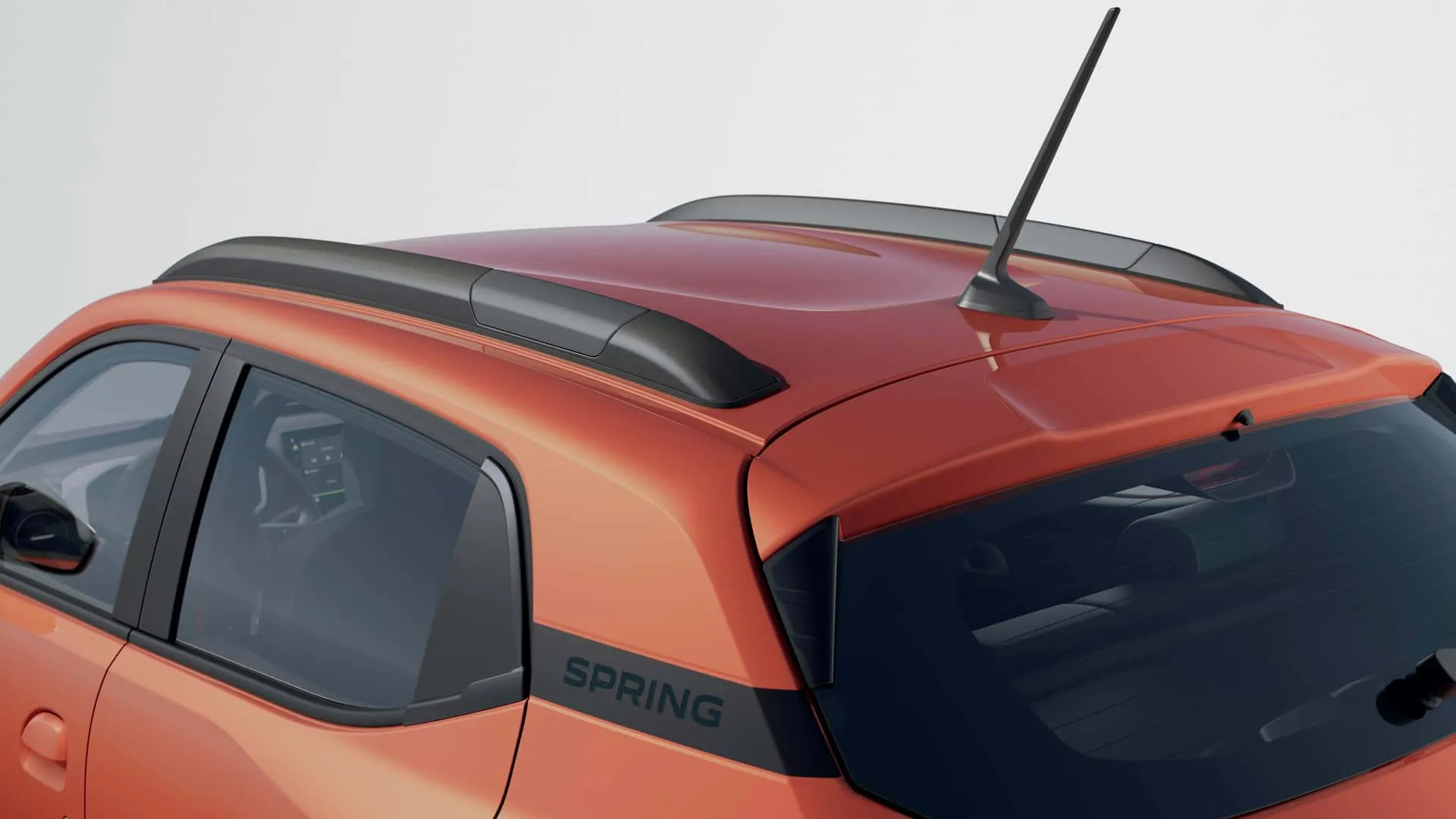
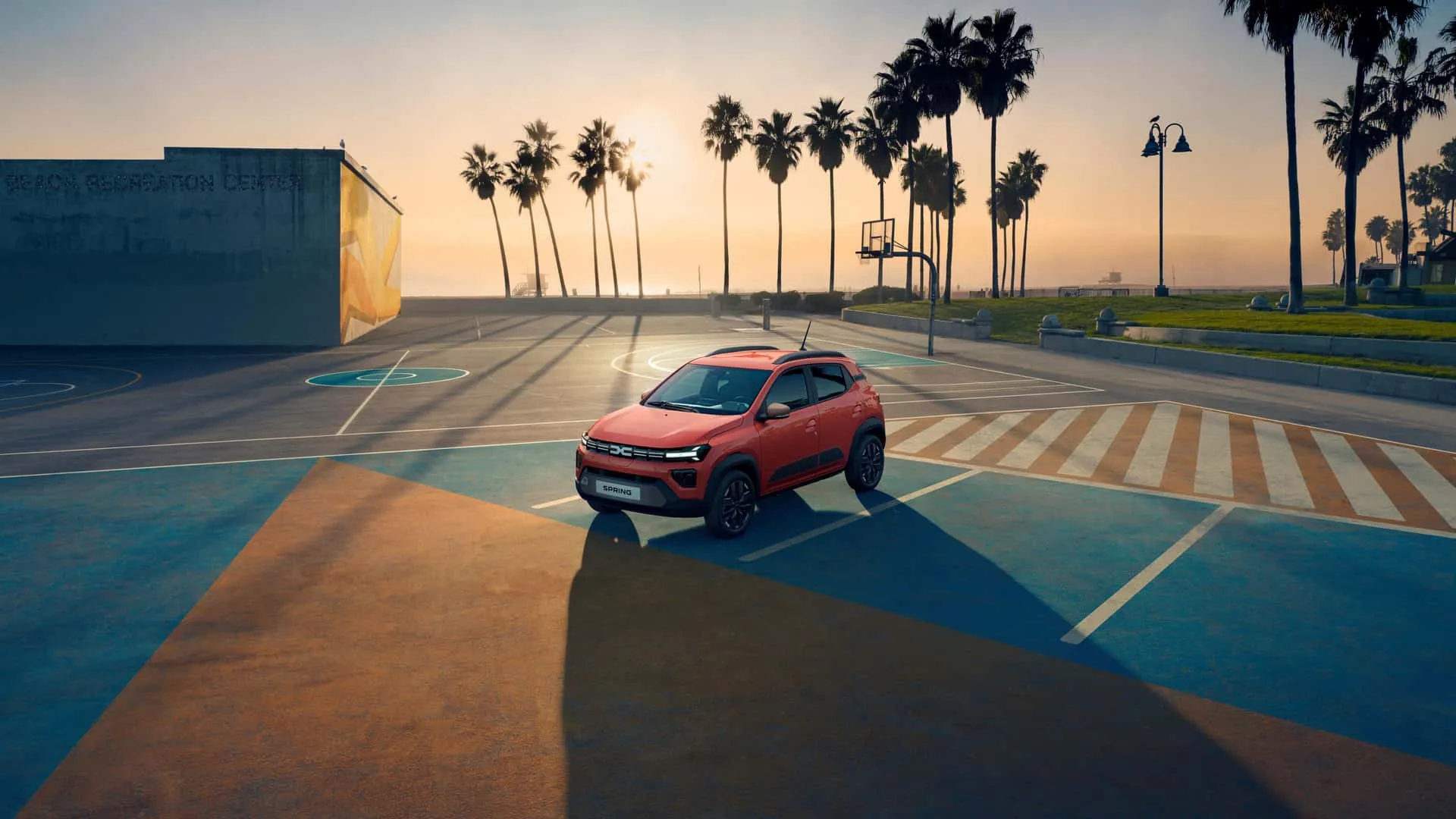

Author: Fabio Isidoro
Founder and editor-in-chief of Canal Carro, he dedicates himself to exploring the automotive universe with depth and passion. A car and technology enthusiast, he produces technical content and in-depth analyses of national and international vehicles, combining quality information with a critical eye for the public.

